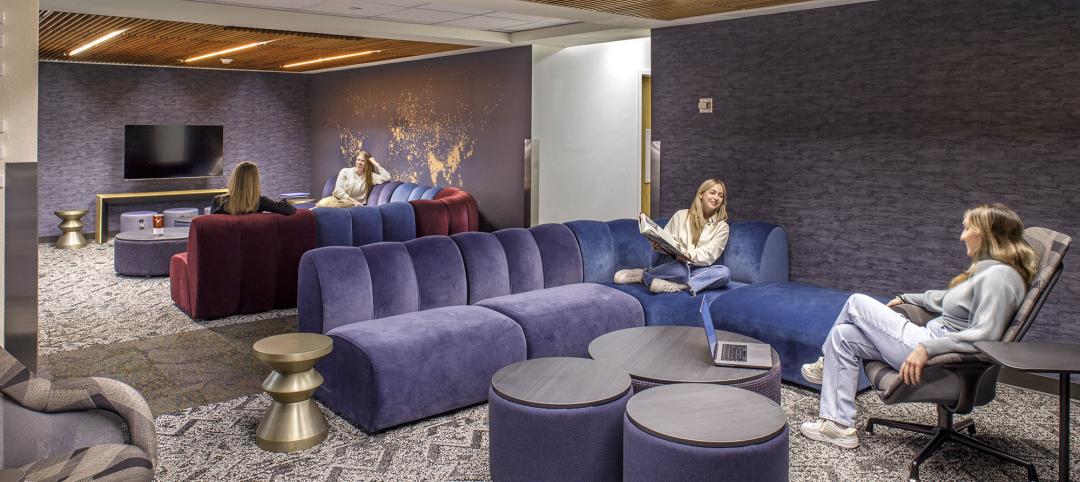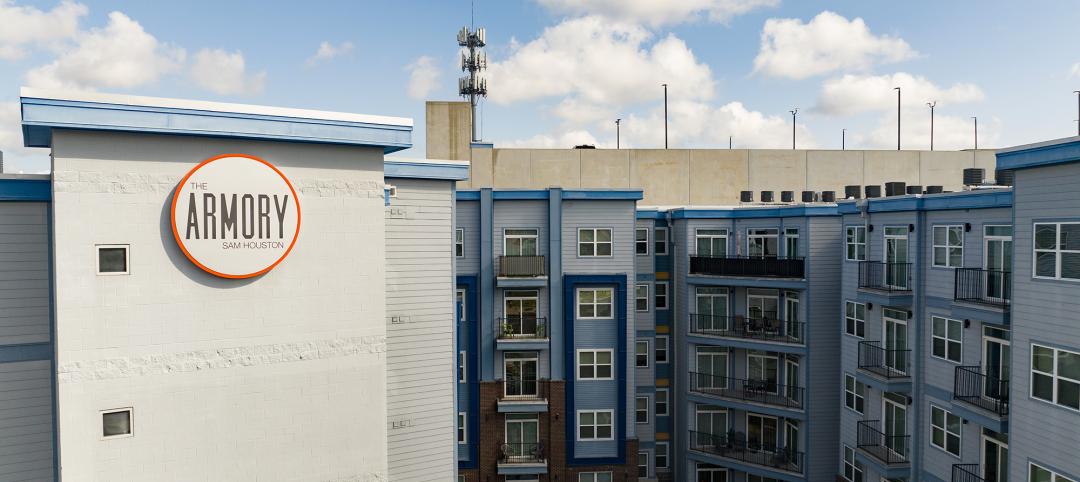The San Francisco Department of Building Inspection announced a series of new building code guidelines clarifying adaptive reuse code provisions and exceptions for converting office-to-residential buildings. Developed in response to the Commercial to Residential Adaptive Reuse program established in July 2023, the guidelines aim to increase the viability of converting underutilized office buildings into housing by reducing regulatory barriers in specific zoning districts downtown.
This effort is one component of the Mayor's recently announced 30x30 Plan to convert at least 5 million square feet of office space to approximately 5,000 units of housing by 2030. It also falls under the umbrella of the Roadmap to San Francisco Future – a comprehensive plan to reinvigorate downtown in response to the COVID pandemic. The new guidelines, detailed in Information Sheet G-29 and summarized in a resource sheet, clarify and, in some cases, reduce adaptive reuse building code provisions related to building envelope, exterior walls and openings, means of egress, ventilation, lighting, unit size, earthquake safety, and accessibility.
“There are many buildings that may benefit from these adaptive reuse guidelines,” said Department of Building Inspection Director Patrick O’Riordan. “The important thing is that we find ways to help developers convert these older office buildings without sacrificing residential safety requirements. These guidelines strike just the right balance and should add more certainty to the design and review processes.”
The Department of Building Inspection collaborated with the San Francisco Fire Department, San Francisco Planning Department, the Mayor’s Office of Economic and Workforce Development, and various community partners. An Office-to-Residential Task Force was established that included eleven experts from the fields of architecture, engineering, fire protection, building codes, historic preservation and real estate development, to better understand the economic roadblocks. Over the course of a year, these experts donated their time to attend dozens of meetings with these city agencies to develop the guidelines.
"By working together, we hope to unlock the ability to create more housing and re-energize San Francisco's downtown," said Skidmore, Owings & Merrill (SOM) Architect Lisa Follman, an American Institute of Architects (AIA) member who led the task force. “By establishing clear guidance, we hope to enable architects, engineers, and developers to find innovative design solutions to unlock the potential of these historic buildings.”
Clarifications of note include:
- Earthquake safety: provides multiple paths for review and approval based on building-specific considerations on a case-by-case basis.
- Exterior wall openings: creates a pathway for approval of more exterior wall openings (such as doors and windows) than allowed by the existing code if the proper design equivalencies are in place.
- Direct light: the new guidelines offer indirect light (such as natural light from one room illuminating an adjacent room through an interior window), sky lights or light courts as alternatives when direct light isn’t feasible in all habitable rooms.
- Elevator upgrades: the document codifies that existing low-rise buildings do not need to upgrade their elevators to meet the current code requirements for gurney size, hoistway construction, or Firefighters Emergency Operation–an upgrade that has been a substantial barrier to adaptive reuse of this building type.
Previously, developers were unable to accurately predict or calculate the upgrades needed to adapt a building for residential uses, dissuading the conversions from happening all together. In addition to offering a clearer picture of what is needed up-front, the new guidelines are expected to lower design and construction costs while reducing construction permitting times for downtown commercial-to-residential conversions. This effort builds on the progress San Francisco has already made to speed up housing-related building permit review and issuance times. In 2024 to date, housing-related In-House Review permits (featuring the more detailed plans, calculations and review needed for large or complex projects) are being issued a median of 165 days faster (35%) compared to 2022.
"Having converted a 400-foot office tower into 418 apartments at 100 Van Ness, we appreciate the critical importance of clear and timely code interpretations from DBI and the Fire Department when considering undertaking a conversion project," said Emerald Fund President Marc Babsin. "These new building code guidelines for conversions will be an invaluable tool for developers and will help to expedite the process of creating housing and activation downtown."
The Commercial to Residential Adaptive Reuse Task Group included Skidmore, Owings and Merrill (SOM); Emerald Fund; Page & Turnbull; Meyers+ Engineers; Tipping Structural Engineers; SDG, LLC; the Preview Group; and Simpson, Gumpertz & Heger (SGH) – in collaboration with American Institute of Architects San Francisco (AIASF); Structural Engineers Association of Northern California (SEAoNC); San Francisco Bay Area Planning and Urban Research Association (SPUR); and the San Francisco Chamber of Commerce.
Related Stories
Student Housing | May 1, 2024
Pfluger Architects unveils renovated student lounges at all-girls dormitory
In a step toward updating and modernizing on-campus housing to attract a range of students, Texas-based Pfluger Architects renovated the student lounges in Kinsolving Hall, a five-story, all-girls dormitory at The University of Texas at Austin initially built in 1958.
MFPRO+ News | Apr 29, 2024
World’s largest 3D printer could create entire neighborhoods
The University of Maine recently unveiled the world’s largest 3D printer said to be able to create entire neighborhoods. The machine is four times larger than a preceding model that was first tested in 2019. The older model was used to create a 600 sf single-family home made of recyclable wood fiber and bio-resin materials.
Adaptive Reuse | Apr 29, 2024
6 characteristics of a successful adaptive reuse conversion
In the continuous battle against housing shortages and the surplus of vacant buildings, developers are turning their attention to the viability of adaptive reuse for their properties.
Senior Living Design | Apr 24, 2024
Nation's largest Passive House senior living facility completed in Portland, Ore.
Construction of Parkview, a high-rise expansion of a Continuing Care Retirement Community (CCRC) in Portland, Ore., completed recently. The senior living facility is touted as the largest Passive House structure on the West Coast, and the largest Passive House senior living building in the country.
Student Housing | Apr 23, 2024
Student Quarters selected to manage 502-bed student housing community
Student Quarters, a leading student housing owner and management company, announces the newest addition to its portfolio: The Armory Sam Houston Apartments.
MFPRO+ News | Apr 18, 2024
Marquette Companies forms alliance with Orion Residential Advisors
Marquette Companies, a national leader in multifamily development, investment, and management, announces its strategic alliance with Deerfield, Ill.-based Orion Residential Advisors, an integrated multifamily investment and operating firm active in multiple markets nationwide.
Student Housing | Apr 17, 2024
Student housing partnership gives residents free mental health support
Text-based mental health support app Counslr has partnered with Aptitude Development to provide free mental health support to residents of student housing locations.
MFPRO+ News | Apr 15, 2024
Two multifamily management firms merge together
MEB Management Services, a Phoenix-based multifamily management company, and Weller Management, a third-party property management and consulting company, officially merged to become Bryten Real Estate Partners—creating a nationally recognized management company.


















